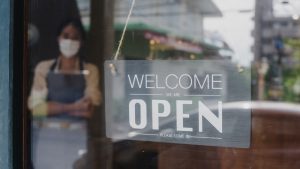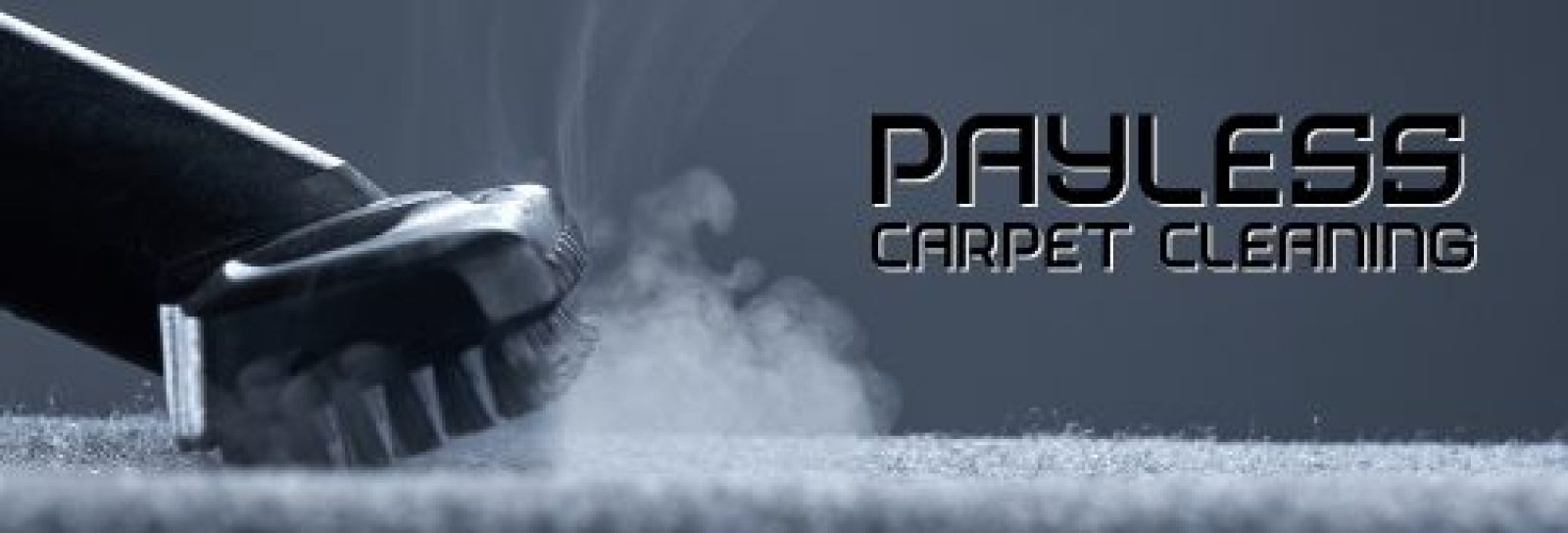Just like Covid-19 and enteroviruses like EV-D68, the coronavirus is related to the common cold virus and that is why they have similar symptoms and can spread from person to person via sneezing, coughing, close contact and even touching contaminated surfaces.
If you are planning to reopen your business, the first thing to do is clean and disinfect the premises for Covid-19 and other potential germs and bacteria before everyone comes back. This to ascertain the safety of everyone. This is a task that should also be done immediately if a coronavirus case is reported on the premises.

Best Workplace Disinfection Methods After Covid-19
Cleaning each and every surface and contents is vital before disinfection as most disinfectants don’t penetrate dirt and grime, and thus unable to do their job properly. As such, you want to use soap and water for the regular cleaning, and then apply a plant-based disinfectant.
Electrostatic Spraying Vs ULV Fogging- Which Method is Better?
Both disinfecting methods are excellent, but electrostatic spraying does not clean or improve the air quality compared to ULV fogging. In fact, fogging is utilized in many facilities including hospitals and airlines, for sanitation purposes on a regular basis.
What are The Best Products for Workplace Disinfection?
Most disinfection products utilize harsh chemicals in order to disinfect a surface properly. However, it is important to note that those chemicals tend to linger inside the workplace long after the procedure and can take a toll on air quality and affect the well-being of your employees. As such, you’ll want to look at the product data-sheet before proceeding. Note that law requires you to provide ideal air quality in the working premises.
Planning to Reopen Your Business after the Pandemic?
Do not forget your water as a prolonged shutdown tends to increase the risk of legionnaire’s disease. That’s because stagnant water provides ideal conditions for the development and spread of legionella and other harmful bacteria. With stagnant water, temperatures drop to the ideal condition where bacteria growth increases and as wells as low and even undetectable levels of disinfectants like chlorine.
Serious symptoms as a result of covid-19 tend to be more prevalent in older adults with a weaker immune system. If you or a member of your staff has respiratory issues, they should consult the doctor immediately if they are experiencing breathing problems or the symptoms continue to get worse.
Here are Steps to Take Before the Business Premises Reopens

- Create a comprehensive WMP (Water Management Program) for the building’s water system and any device that utilizes water. You can find guidelines on how to implement this process from CDC. A WMP toolkit is designed to help you understand which devices and buildings call for water management in order to hamper legionnaire’s disease, what makes an excellent WMP, as well as how to create it.
Legionnaires Disease Prevention – It’s advisable to take the Legionella WMP or PreventLD Training. As the name suggests, it’s a training program designed by the CDC and others to help hamper the development and spread of Legionnaires disease.
- The next step is to ascertain that the domestic water heater is well maintained, and the temperature is on the right level.
The first thing is to determine whether the heater’s manufacturer advises draining the entire water heater via the drain tap, after sitting idle for a prolonged period. Make sure that all the maintenance measures have been put into place and are in accordance with the manufacturer’s or professional plumber’s guidance.
Next, ensure that the heater is set to a minimum of 120 degrees Fahrenheit. Higher levels of temperature tend to reduce the growth of bacteria, but in order to avoid scalding, ensure that it is above 130 degrees Fahrenheit.
- Flushing the Water System
The next step is to flush water through all use points like sink faucets and showers (both hot and cold taps). You may have to do the flushing in stages depending on the size of your facility and your water pressure. Building flushing’s role is to completely purge the water inside the premises with fresh clean water. Ensure that you flush until hot water hits the maximum temperature.
- Cleaning Water Features
- Ensure that you follow the manufacturer guidelines in regard to cleaning fountains and similar water features.
- Make sure the features are clear of biofilm or slime.
- After refilling, ensure you measure the disinfectant levels to ascertain water safety.
- Make Sure Spas and Hot Tubs are Safe to Use
- Before use, check the provincial or local regulatory agency guidelines. Ideally, make sure that all hot tubs or spas are free of biofilm or slime prior to refilling. Also, ensure you disinfect the features before official use.
- Use the CDC guidance www.cdc.gov/legionella/downloads/hot-tub-disinfection.pdf
- Ensure you test the hot tubs or spas for legionella before use if the previous device bacterial testing results, maintenance logs, and Legionella related cases show an increased risk to people. All the testing decisions should be done in consultation with the WMP staff and relevant public health authorities.
- Make Sure Cooling Towers are Well-Maintained and Clean
- Ascertain that all cooling towers are properly maintained as per the industry standards and manufacturer’s guidelines. Next, ensure that they are free of biofilm and slime before use.
- If the cooling tower is well-maintained, do proper disinfection. A guide for this can be found on cti.org/downloads/WTP-148.pdf
- Maintain the Water System
- In this final stage, you should contact the local water utility facility in order to know about any recent water supply disruptions. This might include working with the entity to ascertain test points near the office building have been checked or ask for the residual disinfectant getting into the premises to meet the set standards.
- Once the water supply and system are back to normal, make sure that Legionella growth risk is reduced by constantly assessing water quality parameters like pH, disinfectant, and temperature levels.
- Ensure that you always follow the WMP, document any activity, and handle problems in a timely fashion.
And there you have it, a few straightforward steps, and tips to ensure that your workplace is fit for normal operations after the Covid-19 pandemic.






